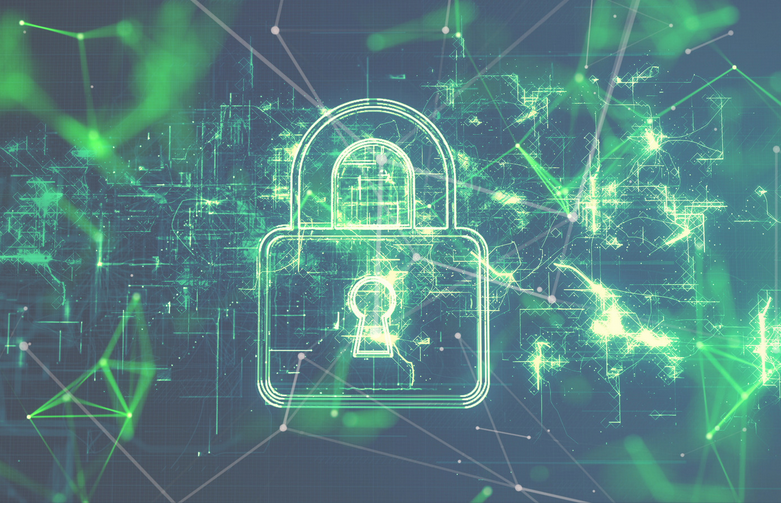In secure communication, mutual authentication is used to ensure that both sides can authenticate each other. Whereas in a single-sided authentication process, just one party is verified, this approach involves both parties.
Two parties engage in mutual authentication by one presenting the other with their own authentication information. This verifies the identities of both parties and guarantees that the intended recipients are receiving the message.
Online banking is one application that makes advantage of mutual authentication. While the bank’s server verifies the customer’s credentials, the customer’s computer verifies the bank’s server. This verifies that the user is interacting with the actual bank’s server and not a fake one.
Mutual authentication also exists, for instance, in Virtual Private Networks (VPNs). Both the user’s machine and the VPN server perform authentication procedures on each other upon connection. In this way, the user may be certain that they are talking to the real VPN server and not a fake.
When two parties engage in authentication with one another, it can give a better level of security than when only one party authenticates. Some disadvantages have been identified with mutual authentication. The increased complexity of implementation and the potential need for supplementary software or hardware are two main drawbacks. Mutual authentication might potentially slow down the communication process.
As a quick refresher, mutual authentication is a method used in encrypted communication in which both sender and receiver verify each other’s identities. While two-factor authentication can increase security over traditional single-factor authentication, it is not without its drawbacks. Online banking, virtual private networks, and other forms of encrypted communication all rely on it.

